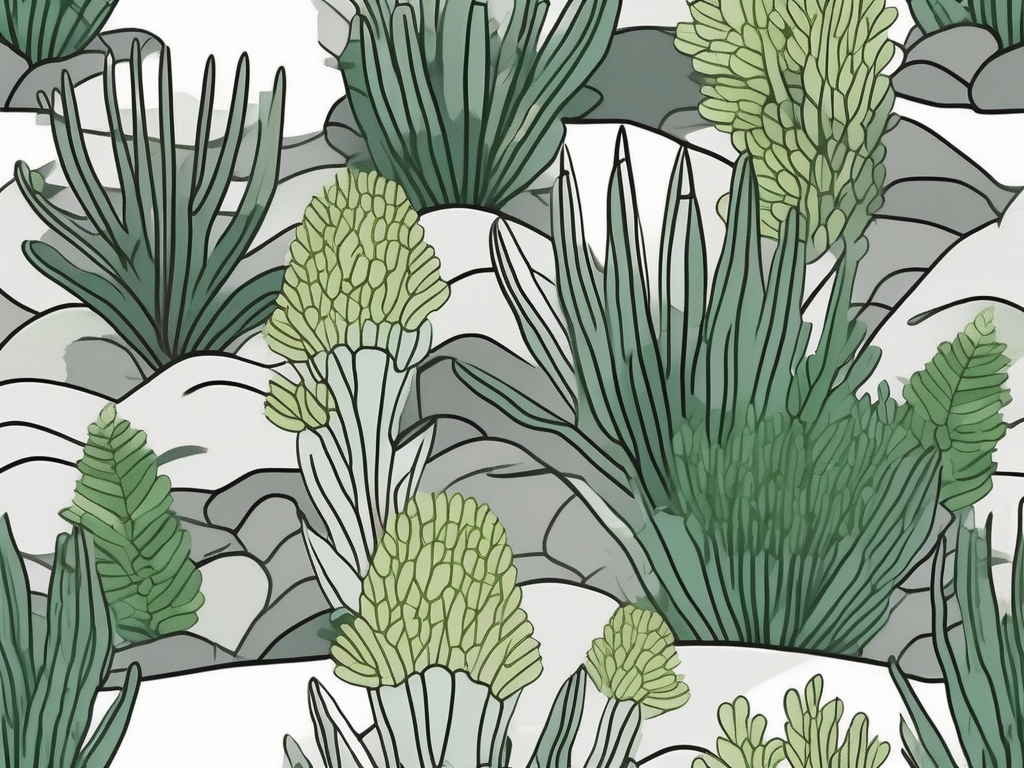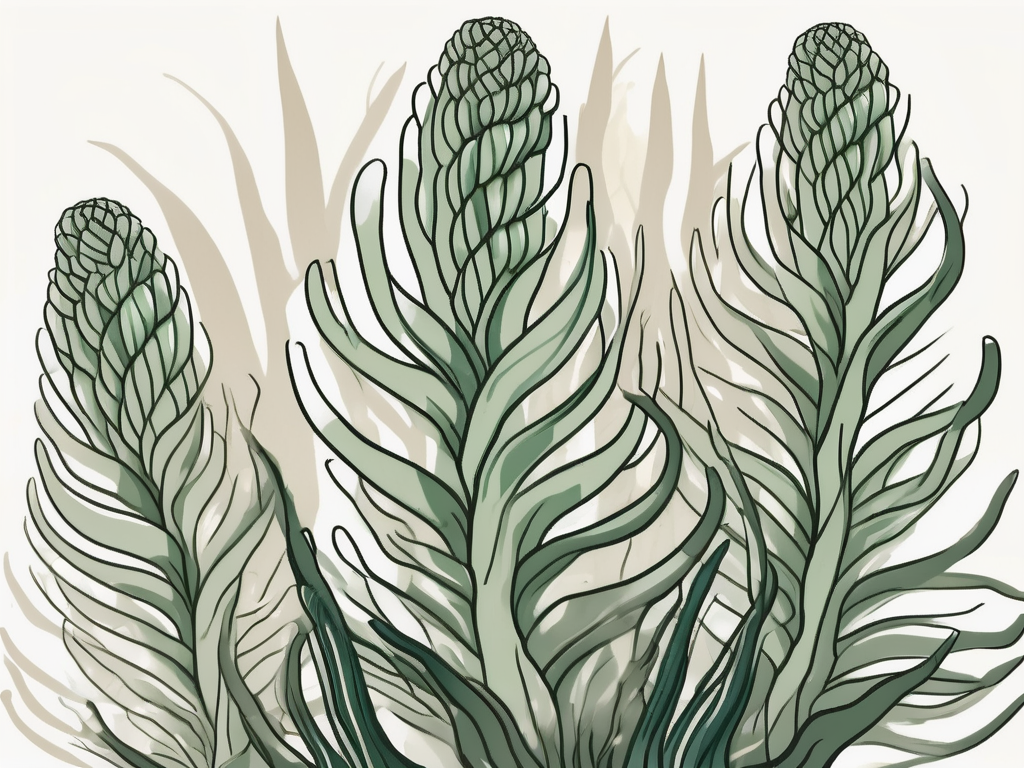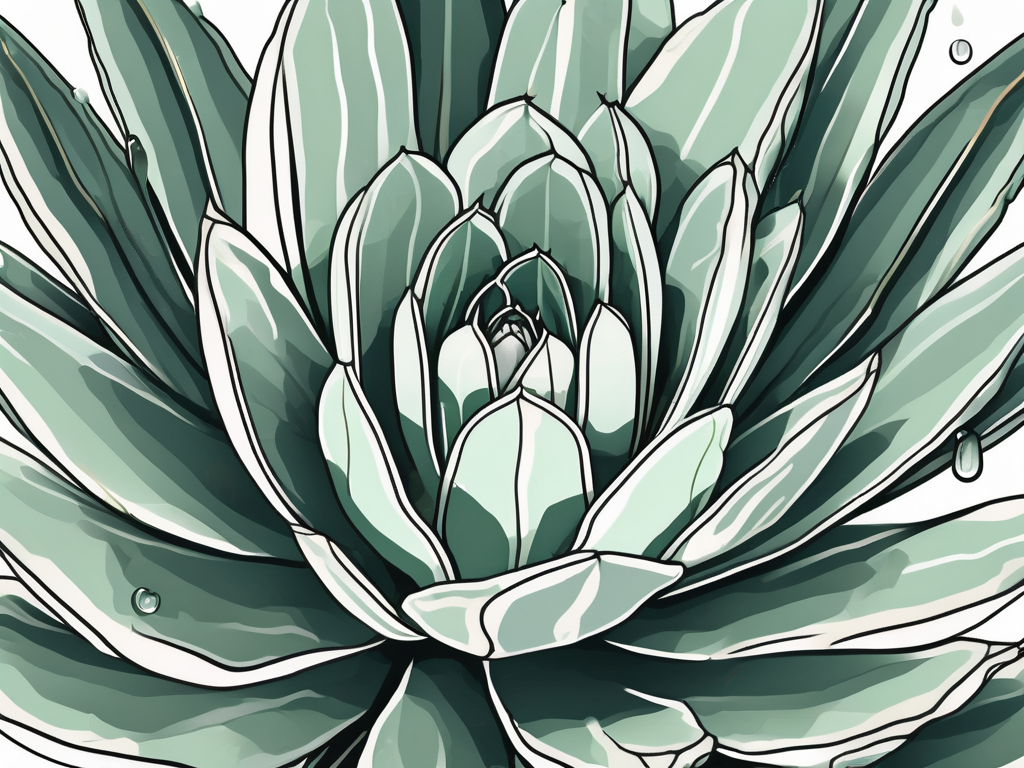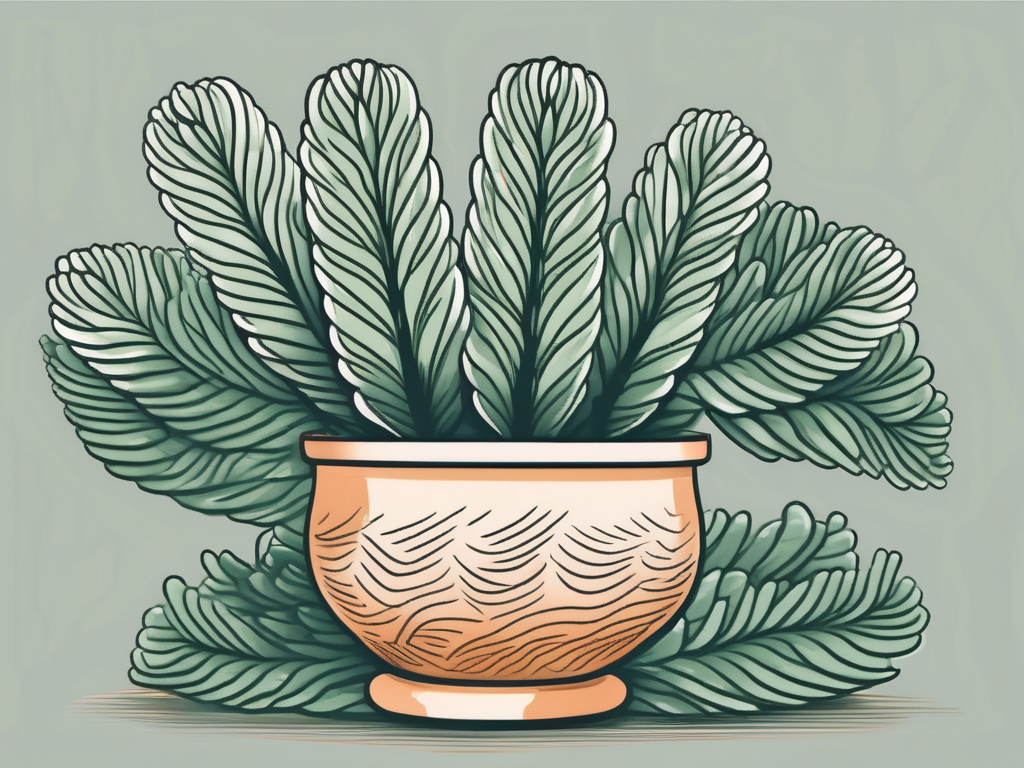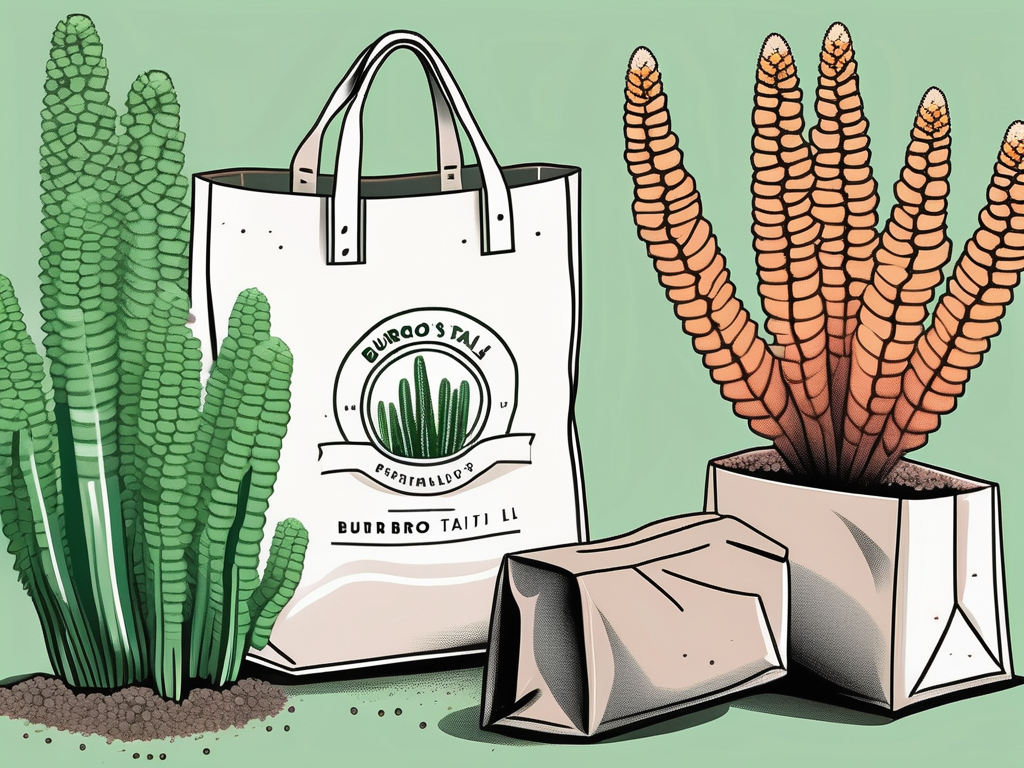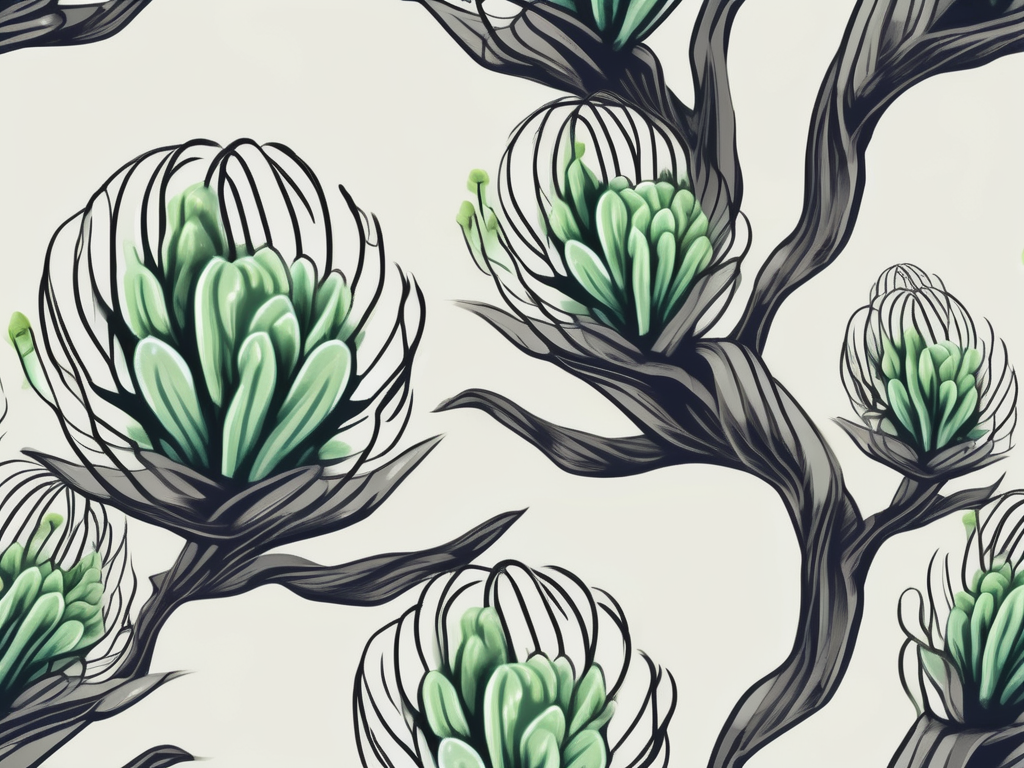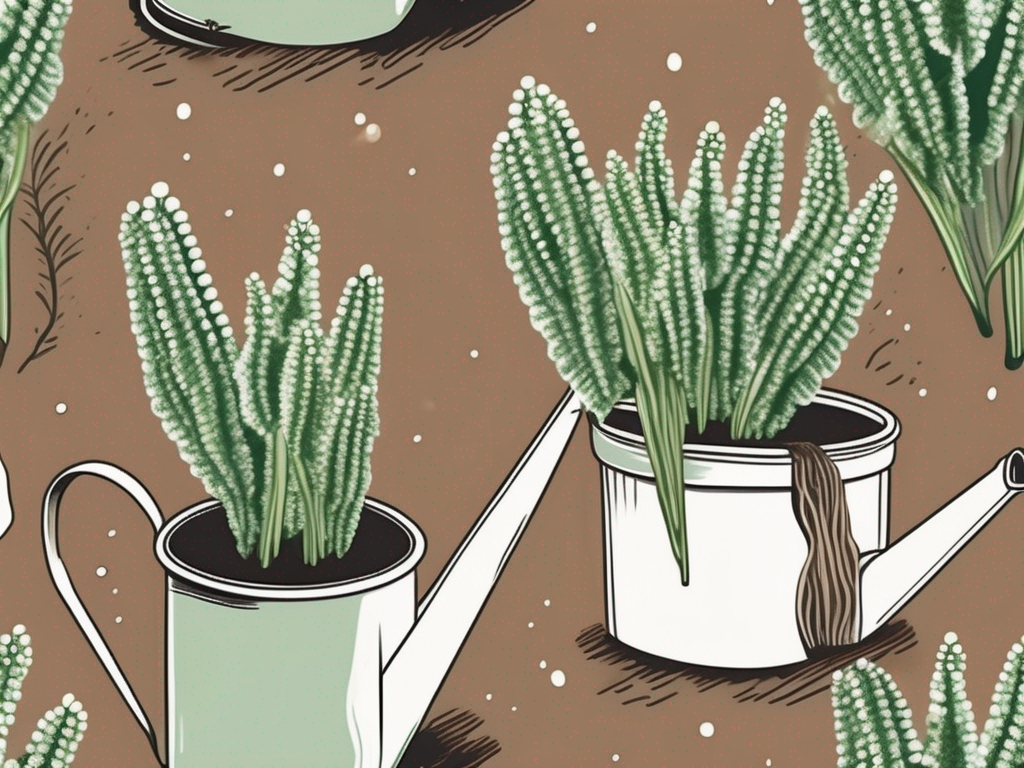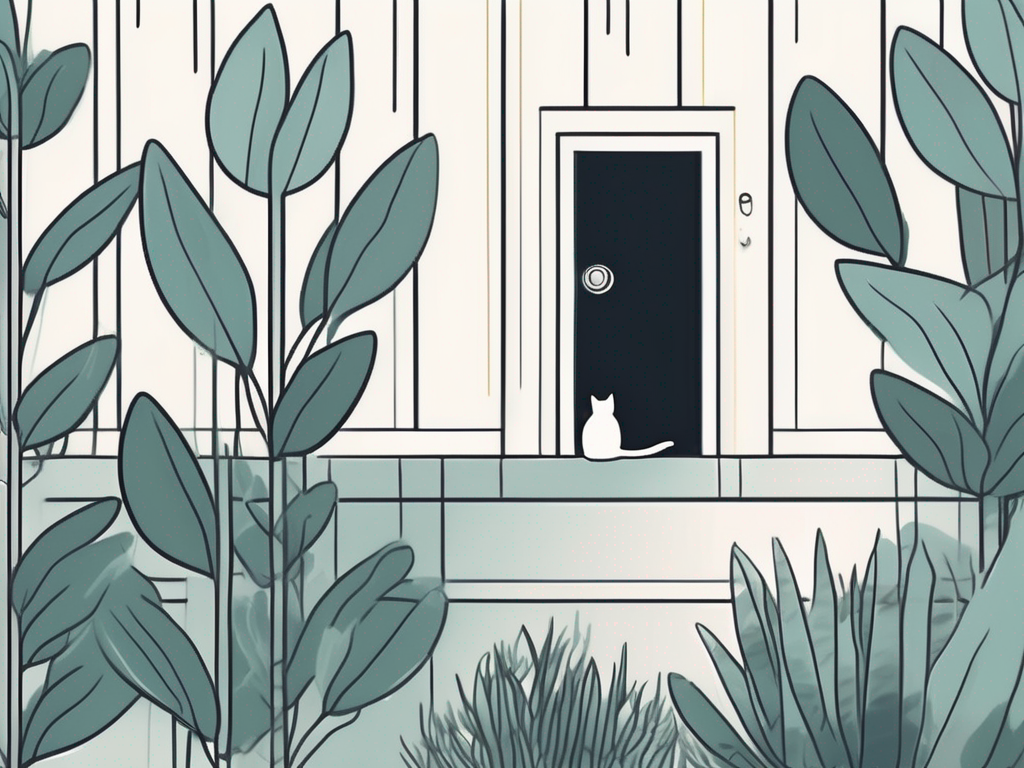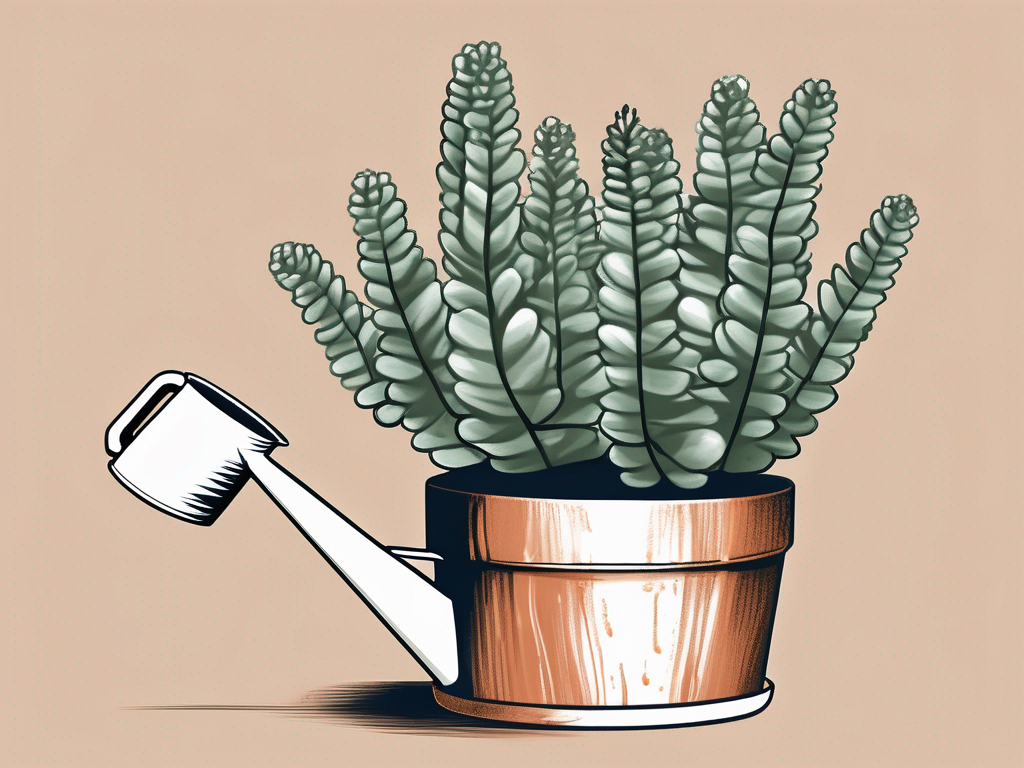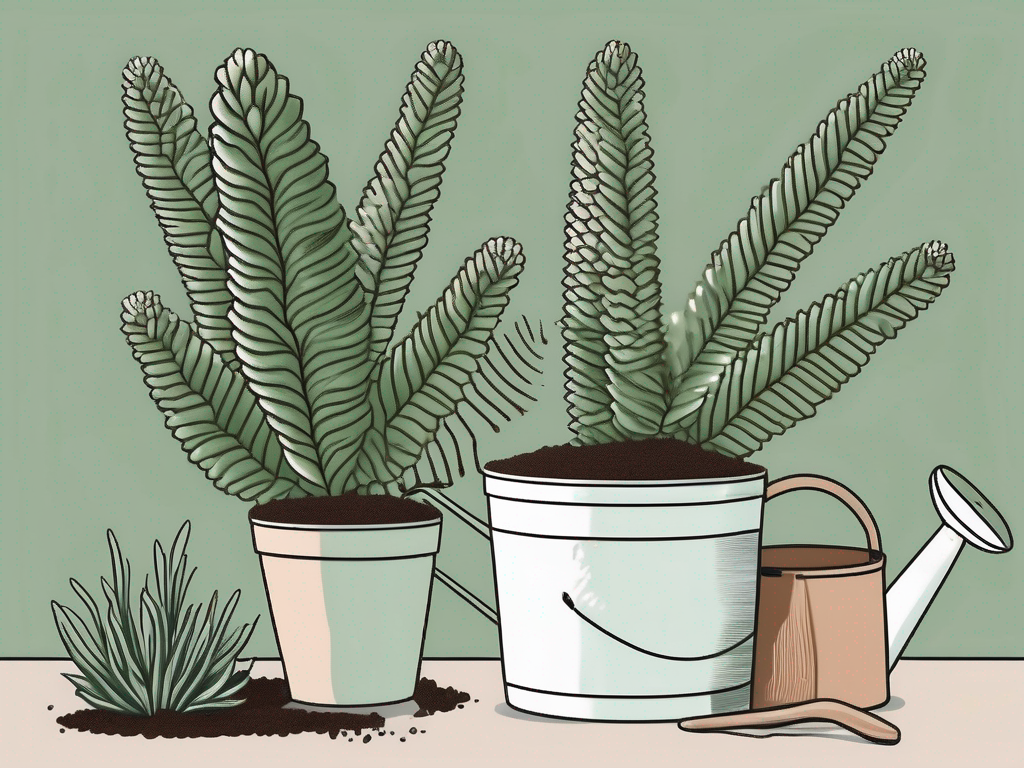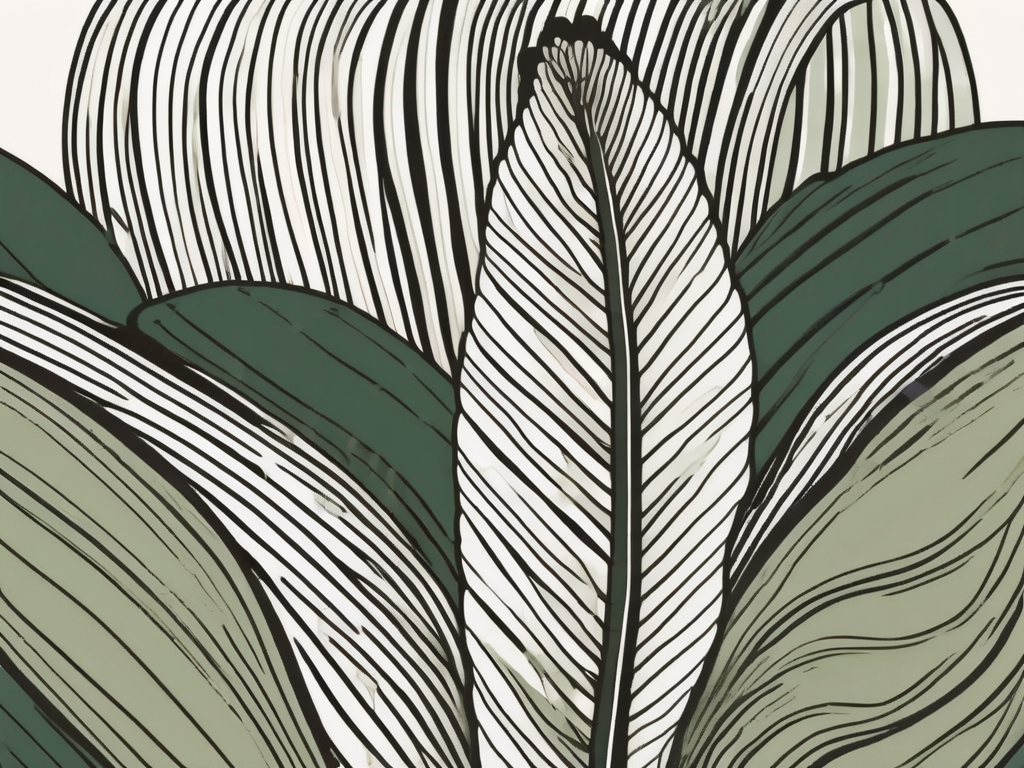
Have you ever found yourself admiring those cascading green tails in a succulent garden, wondering what kind of plant could create such an enchanting display? More likely than not, you're gazing at the charming Burro’s Tail, also known as Sedum morganianum. This fascinating succulent is a favorite among plant lovers for its unique appearance and easy-going nature.
Today, we'll uncover the growth secrets of the Burro's Tail. From its growth rate to tips on how to best care for this delightful plant, we’ll cover everything you need to know to help your Burro’s Tail thrive. So, if you’re ready to learn how to nurture your new green friend, let’s get started!
Understanding the Growth Rate of Burro's Tail
One of the first questions new plant parents ask is, "How fast will my Burro's Tail grow?" It's a fair question, especially when you're eager to see those trailing stems flourish. Generally speaking, Burro's Tail is known for its slow-to-moderate growth rate. On average, you can expect it to grow about 4 inches per year.
This growth rate depends on several factors, including the plant's environment and care. While it might feel like a snail's pace compared to other houseplants, patience is key here. A healthy Burro’s Tail will reward you with its lush, cascading vines over time, but you'll have to give it the right conditions to do so.
If you're impatient by nature, consider this an exercise in nurturing patience. With the proper care, your Burro’s Tail will eventually become the showstopper of your plant collection, drawing admiration from anyone who sees its elegant strands.
Ideal Growing Conditions
To encourage your Burro's Tail to grow happily, you'll need to create an environment that mimics its natural habitat. Native to southern Mexico, this succulent thrives in conditions that are warm, sunny, and dry.
Here are some tips to create the perfect home for your Burro’s Tail:
- Light: Place it in a spot where it can receive bright, indirect light. A south or east-facing window is ideal. Be cautious with direct sunlight, as too much can scorch the leaves.
- Temperature: Burro’s Tail prefers temperatures between 65-75°F (18-24°C). It's not frost-hardy, so protect it from cold drafts and freezing temperatures.
- Humidity: This plant loves a dry environment. Avoid placing it in areas with high humidity, such as bathrooms.
By providing these conditions, you'll be setting the stage for your Burro's Tail to grow at its optimal rate. Remember, consistency is key, so try to maintain these conditions throughout the year.
Choosing the Right Pot and Soil
The pot and soil you choose for your Burro's Tail can significantly influence its growth. Selecting the right combination will ensure proper drainage and prevent issues like root rot, which can be detrimental to your plant.
Here's what you should look for:
- Pot: Opt for a container with drainage holes. This is crucial for succulents, as it prevents water from accumulating at the bottom and causing root rot. Terracotta pots are an excellent choice because they’re porous and allow the soil to dry out more quickly.
- Soil: Use a well-draining cactus or succulent mix. You can also create your own by mixing regular potting soil with sand or perlite to improve drainage.
By ensuring your Burro’s Tail has the right pot and soil, you’re giving it the best foundation for healthy growth. It’s like choosing the right pair of shoes for a marathon—you want something that supports and doesn’t hinder your progress!
Watering Your Burro's Tail
Watering is one of the trickiest aspects of caring for a Burro’s Tail, mainly because it’s so easy to overdo. Like most succulents, it prefers to be on the drier side, and too much water can cause the roots to rot.
Here's a simple watering guide to help you:
- Frequency: Water your Burro’s Tail every two to three weeks during the growing season (spring and summer). Reduce watering in the fall and winter when the plant is dormant.
- Method: Thoroughly soak the soil when you water, allowing excess water to drain out. Make sure the soil is completely dry before watering again.
- Indicators: If the leaves start to shrivel, it might be time to water. On the other hand, if they’re mushy, you might be overwatering.
Remember, it’s always better to underwater than overwater when it comes to succulents. With a bit of practice, you’ll find the right balance and keep your Burro’s Tail happy and healthy.
Fertilizing for Optimal Growth
While Burro’s Tail doesn’t require frequent fertilizing, a little boost now and then can promote growth and overall health. Think of it as a vitamin supplement for your plant—a little goes a long way.
Here’s a simple guide to fertilizing your Burro’s Tail:
- Type: Use a balanced, water-soluble fertilizer diluted to half strength. A cactus or succulent fertilizer is ideal.
- Frequency: Fertilize once a month during the growing season (spring and summer). Skip fertilizing during fall and winter when the plant’s growth slows down.
By feeding your Burro’s Tail appropriately, you’re helping it develop strong roots and vibrant foliage. Just remember not to overdo it, as too much fertilizer can harm the plant.
Pruning and Propagation
Pruning isn’t typically necessary for Burro’s Tail, but it can help maintain its shape and encourage branching. If you notice any stems looking a bit leggy or if you want to manage the plant’s size, feel free to give it a trim.
Here’s how to prune and propagate your Burro’s Tail:
- Pruning: Use a pair of sharp scissors to trim back unwanted stems. Make sure to cut just above a leaf node to encourage new growth.
- Propagation: Take the cuttings from pruning and let them dry for a few days to callous over. Then, plant them in a pot with well-draining soil. With a bit of patience, they’ll root and grow into new plants.
Propagation is not only a way to expand your collection but can also be a fun project to share with friends or family. Plus, who doesn’t love a free plant?
Dealing with Pests and Diseases
While Burro’s Tail is relatively hardy, it can occasionally fall victim to pests and diseases. The most common culprits are mealybugs and fungal infections caused by overwatering.
Here are some tips for keeping your plant pest-free:
- Mealybugs: If you spot these tiny, cotton-like insects, remove them with a cotton swab dipped in rubbing alcohol. Regularly inspect your plant to catch any infestations early.
- Fungal Infections: Ensure your Burro’s Tail isn’t sitting in soggy soil. If you notice any black spots or mushy areas, it may be suffering from root rot. Trim away the affected areas and repot in fresh, dry soil.
By keeping a close eye on your plant and maintaining proper care routines, you can prevent and quickly address any issues that arise.
Incorporating Burro's Tail into Your Home Decor
Beyond its growth, one of the most exciting aspects of owning a Burro’s Tail is incorporating it into your home decor. Its trailing vines add a touch of greenery and a unique texture to any space.
Here are some ideas for displaying your Burro’s Tail:
- Hanging Planters: Place your plant in a hanging basket to let its vines cascade beautifully. This is perfect for adding greenery to a high shelf or window.
- Terrariums: Create a mini indoor garden by combining your Burro’s Tail with other succulents in a glass terrarium.
- Table Centerpiece: Use it as a centerpiece on your dining or coffee table, where its unique structure can be admired up close.
By incorporating your Burro’s Tail into your home decor, you’re not just growing a plant—you’re creating a living piece of art that brings life and vibrancy to your home.
Final Thoughts
Growing a Burro's Tail may require a bit of patience, but with the right care, it can be a stunning addition to your plant collection. By understanding its growth rate, providing ideal conditions, and incorporating it into your decor, you're well on your way to enjoying this unique plant to its fullest.
At Cafe Planta, we're here to support you on your plant journey. Whether you're looking for new plant friends or need advice on plant care, feel free to reach out via email or connect with us on Instagram. We love helping plant parents create thriving, beautiful spaces in their homes.















